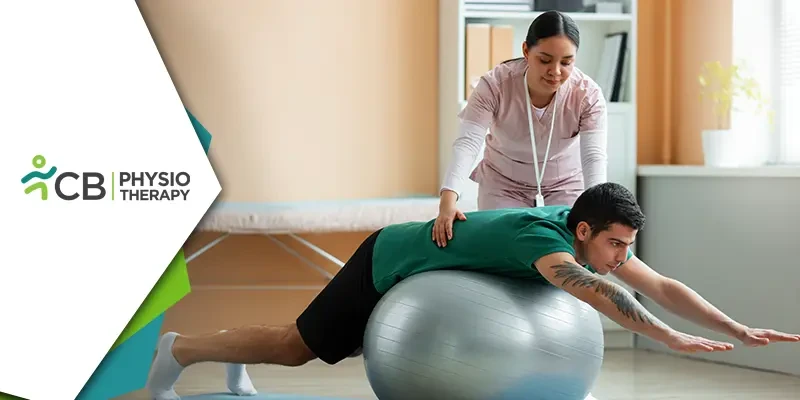In today's fast-paced world, physical fitness is not just about doing cardiovascular exercises or hitting the gym for a few hours each week. It's about being able to perform everyday tasks with ease, preventing injuries, and maintaining a high quality of life. This is where functional training comes into play. Derived from the principles of physiotherapy, functional training focuses on improving movement patterns and enhancing overall functionality in real-life situations. In this blog post, we will explore the relationship between physiotherapy and functional training, and how the latter translates to real-life movements.
Physiotherapy, also known as physical therapy, is a healthcare profession that aims to enhance physical function and quality of life through assessment, diagnosis, and treatment of various musculoskeletal and neurological conditions. Physiotherapists utilize a wide range of techniques and exercises to address specific impairments and restore optimal movement and function in their patients. These techniques often involve a combination of strength training, flexibility exercises, balance training, and functional movements.
Functional training, on the other hand, takes the principles and exercises used in physiotherapy and applies them to a broader audience. It focuses on training the body to perform movements that are natural and essential for everyday activities. The goal of functional training is to improve coordination, balance, strength, stability, and mobility, enabling individuals to carry out their daily tasks more efficiently and with reduced risk of injury.
One of the core concepts of functional training is the principle of specificity. This principle states that the body adapts to the specific demands placed upon it. In other words, if you want to get better at performing a particular movement or activity, you need to train in a way that closely mimics that movement or activity. This principle is at the heart of physiotherapy, where therapists design exercise programs that target the specific functional goals of their patients.
For example, if a patient is recovering from a knee injury and wants to regain the ability to climb stairs without pain, the physiotherapist will likely incorporate exercises that focus on strengthening the muscles around the knee joint, improving balance, and enhancing the overall stability of the lower limbs. These exercises may include squats, lunges, step-ups, and single-leg balance drills. By repeatedly practicing these movements in a controlled and progressive manner, the patient can build strength and confidence, eventually being able to climb stairs with ease once again.
The beauty of functional training lies in its ability to translate these principles and exercises into everyday life. Unlike traditional gym workouts that often involve isolated muscle movements or machines, functional training incorporates multi-joint movements that engage multiple muscle groups simultaneously. This reflects the way our bodies naturally move in real-life situations.
Think about activities like picking up groceries, carrying a toddler, or reaching for something on a high shelf. These tasks require a combination of strength, coordination, balance, and mobility. Functional training mimics these movements by incorporating exercises such as squats, deadlifts, overhead presses, and rotational movements, which target multiple muscle groups and promote better overall functional fitness.
By training in a functional manner, individuals can improve their performance not only in the gym but also in their daily lives. They become more efficient at carrying out common tasks and are better equipped to handle physical challenges or unexpected movements. Functional training also helps to prevent injuries by strengthening the body in a holistic manner, improving stability, flexibility, and muscular balance.
In addition to the physical benefits, functional training also has positive effects on mental well-being. Engaging in functional movements that mimic real-life tasks can boost confidence, increase body awareness, and enhance overall body satisfaction. The sense of accomplishment and improved self-esteem gained through functional training can have a profound impact on one's mental health and overall quality of life.

